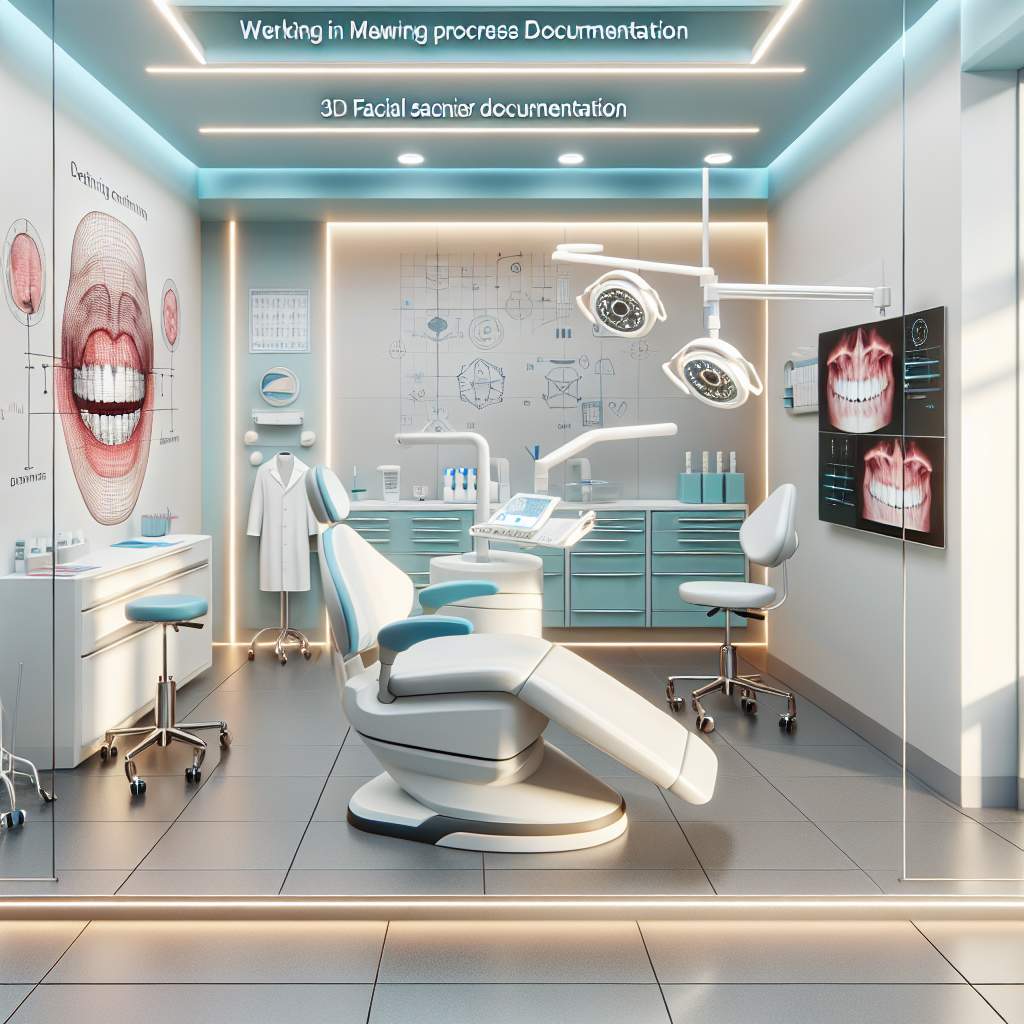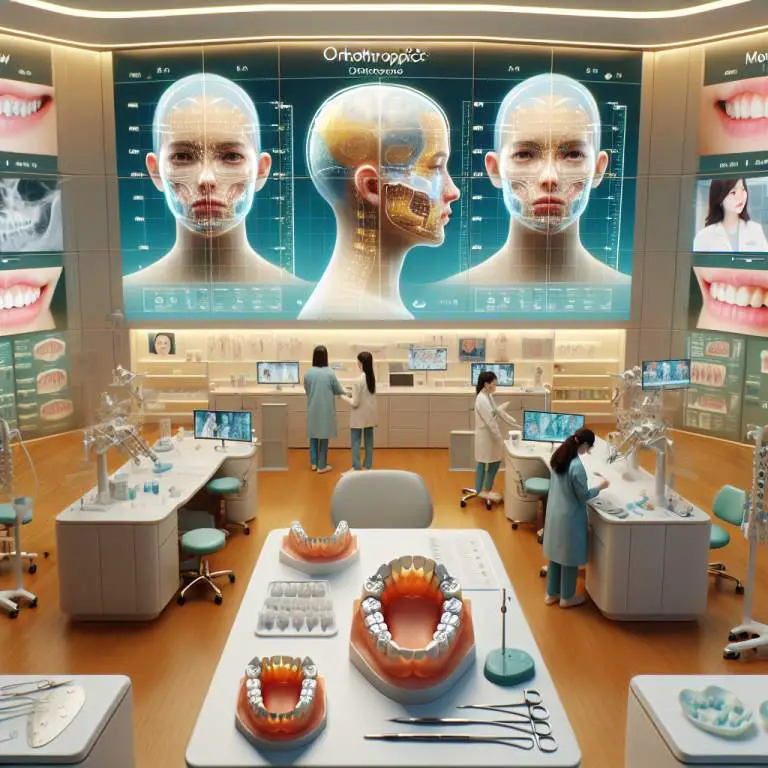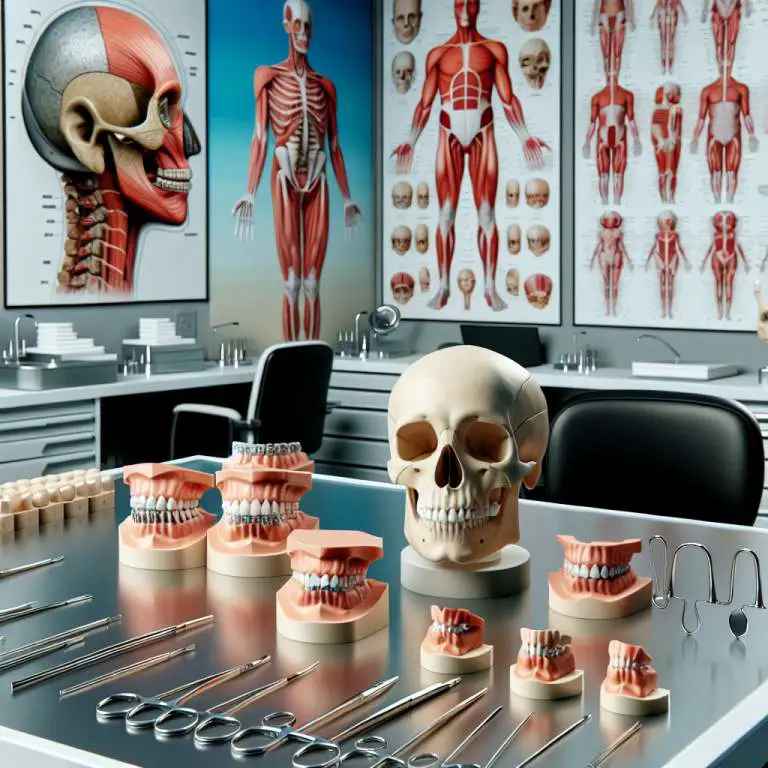How to correctly document mewing progress for comparison?
To correctly document your mewing progress, start by taking clear, well-lit photos of your face from the front, side, and 45-degree angles every month. Make sure to keep the camera at eye level and use the same lighting and background for consistency. Additionally, recording a short video talking or moving your mouth can help track changes in jawline definition and speech improvements. This method ensures accurate comparison over time.

Why is Documenting Your Mewing Progress Important?
When you start mewing, which is a technique to improve the structure of your face by positioning your tongue against the roof of your mouth, keeping track of your progress is super helpful. It’s like when you grow taller, and you mark your height on the wall to see how much you’ve grown. Documenting your mewing journey helps you see the changes over time, which can be really motivating.
Also, by keeping a record, you can figure out if you’re doing the technique correctly. Sometimes, we think we’re following instructions right, but without evidence, it’s hard to be sure. Seeing actual progress or noticing areas that aren’t changing can guide us to adjust our methods or keep going strong.
What Equipment Do You Need to Accurately Document Your Mewing Journey?
To document your mewing journey accurately, you don’t need fancy equipment. A smartphone with a good camera will do just fine. Most phones these days have cameras that can take clear photos and videos, which is exactly what you need. If you want to get a bit more detailed in your documentation, a measuring tape could also be handy to measure specific distances between facial features.
Another useful tool could be a journal or an app where you can note down observations and any changes in how you feel or look. This way, not only do you have visual evidence of your progress through photos and videos but also written records of anything else that’s changing because of mewing.
How Often Should You Take Progress Photos or Videos for Effective Comparison?
Taking progress photos or videos too often might not show significant changes and could make it seem like nothing is happening. It’s like watching water boil; if you stare at it constantly, it seems to take forever. A good rule of thumb is to take these photos or videos once every month. This gives enough time for changes to possibly occur and become noticeable.
In addition to monthly updates, taking pictures from day one is crucial for comparison purposes. Having a clear ‘before’ picture or video will give you something concrete to compare against later on. It’s exciting when you can look back and see how far you’ve come!
What are the Best Angles and Lighting Conditions for Capturing Your Mewing Progress?
The best angles for capturing your mewing progress are front-facing and side profiles because they clearly show the structure of your face and jawline changes over time. Make sure when taking these photos or videos that the camera is at eye level; this way, each image will be consistent with previous ones in terms of perspective.
For lighting conditions, natural daylight works best as it provides even lighting across your face without creating harsh shadows that might distort how things really look. Try taking pictures in front of a window during daytime but not directly under sunlight as this might cause too much brightness or glare on the face.
| Aspect | Advice |
|---|---|
| Frequency | Take photos or videos monthly to track progress. |
| Lighting | Use consistent, natural lighting for all photos/videos. |
| Background | Keep a neutral and uncluttered background. |
| Angles | Capture front, profile, and 45-degree angles for comprehensive views. |
| Facial Expression | Maintain a neutral expression with mouth closed and teeth slightly apart. |
| Camera Position | Hold the camera at eye level to ensure consistency in perspective. |
| Lens Type | If possible, use a standard lens (50mm) to avoid distortion. |
| Edit Consistency | Avoid editing photos/videos to ensure accurate tracking of changes. |
| Date & Time Stamp | Add date and time on each photo/video for precise tracking. |
How can you ensure consistency in your progress photos or videos?
To make sure your progress photos or videos are consistent, use the same location every time. This means taking pictures or recording in a place with similar lighting. Lighting plays a big role in how your features appear on camera.
Also, keep the camera at the same angle and distance from your face each time. It helps if you mark the spot where you stand or sit and use a tripod to hold your camera steady. This way, you can compare changes more accurately over time.
What are the common mistakes to avoid when documenting your mewing progress?
A common mistake is not paying attention to lighting and background. If these change every time, it’s hard to see small changes in your facial structure. Try to take photos or videos during the day with natural light if possible.
Another mistake is changing the angle of your head or camera. This can make it look like there’s been more or less progress than there actually is. Keep your head straight and use marks on the wall as guides to avoid this problem.
How can you use your documented progress to adjust your mewing technique if necessary?
Reviewing your photos or videos regularly can help you notice patterns or areas that need improvement. For example, if one side of your jaw looks different than the other, it might mean you’re applying uneven pressure while mewing.
You can then adjust how you’re mewing based on what you see. Maybe you need to focus more on keeping even pressure across both sides of your jaw. Sharing these images with others who practice mewing can also provide valuable feedback and tips for improvement.
Final Thoughts
Documenting your mewing journey through consistent photos or videos is crucial for tracking progress. It helps identify areas for improvement and keeps you motivated by showing how far you’ve come.
Avoid common pitfalls like inconsistent lighting and angles, and use what you learn from reviewing these images to refine your technique over time. With patience and attention to detail, documenting your journey can greatly enhance the effectiveness of mewing.







